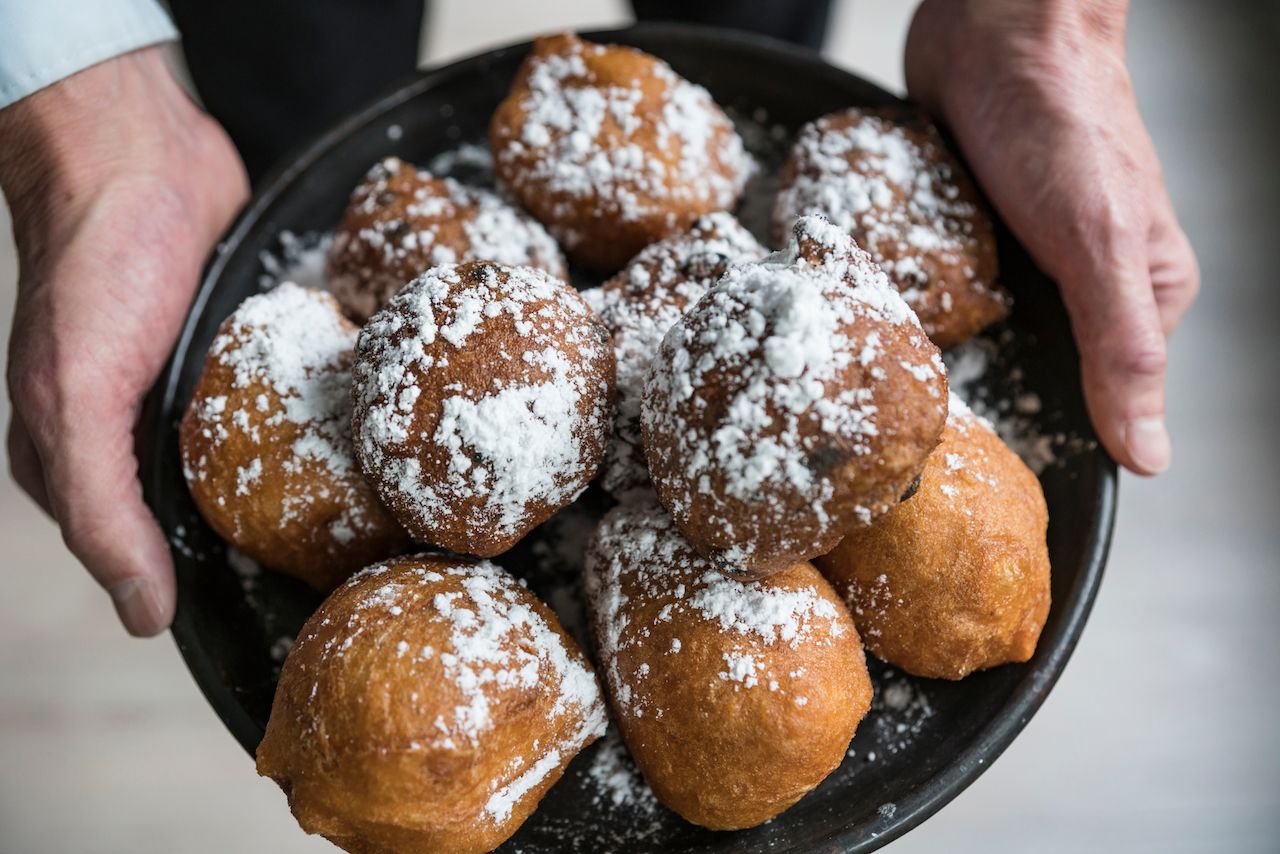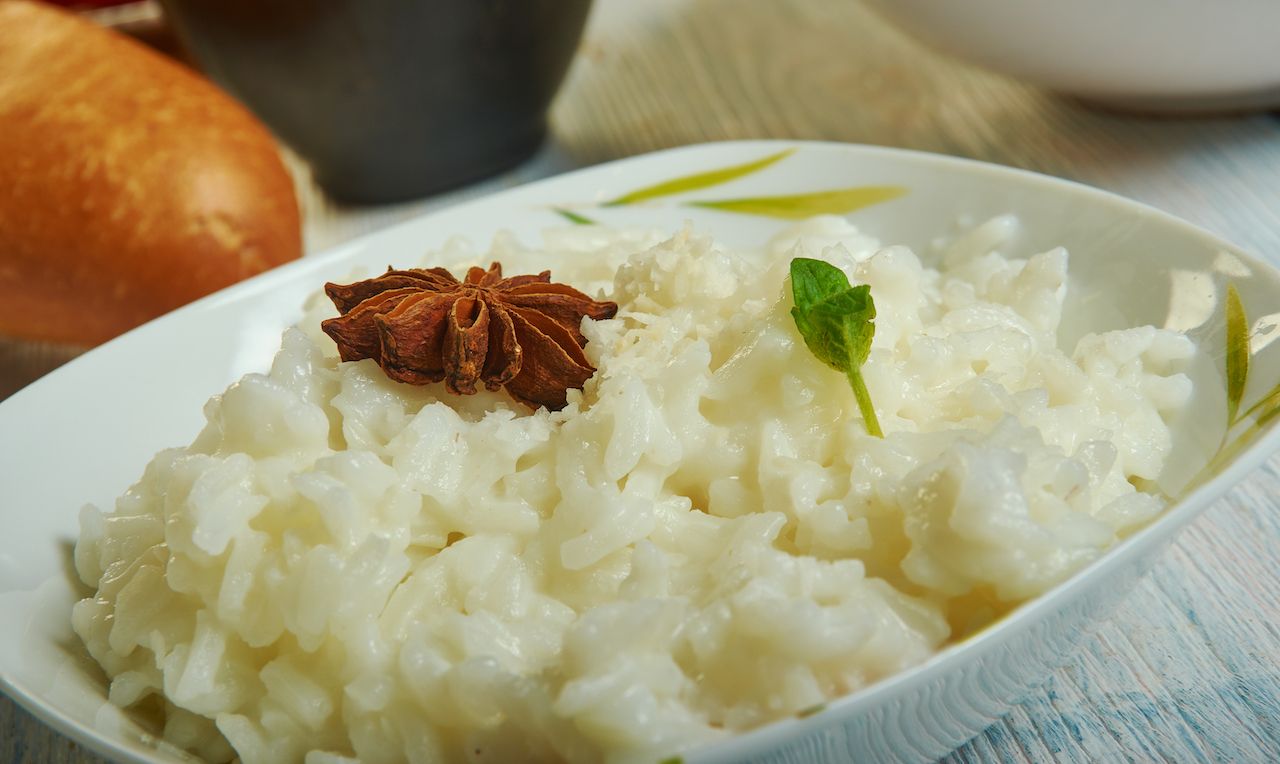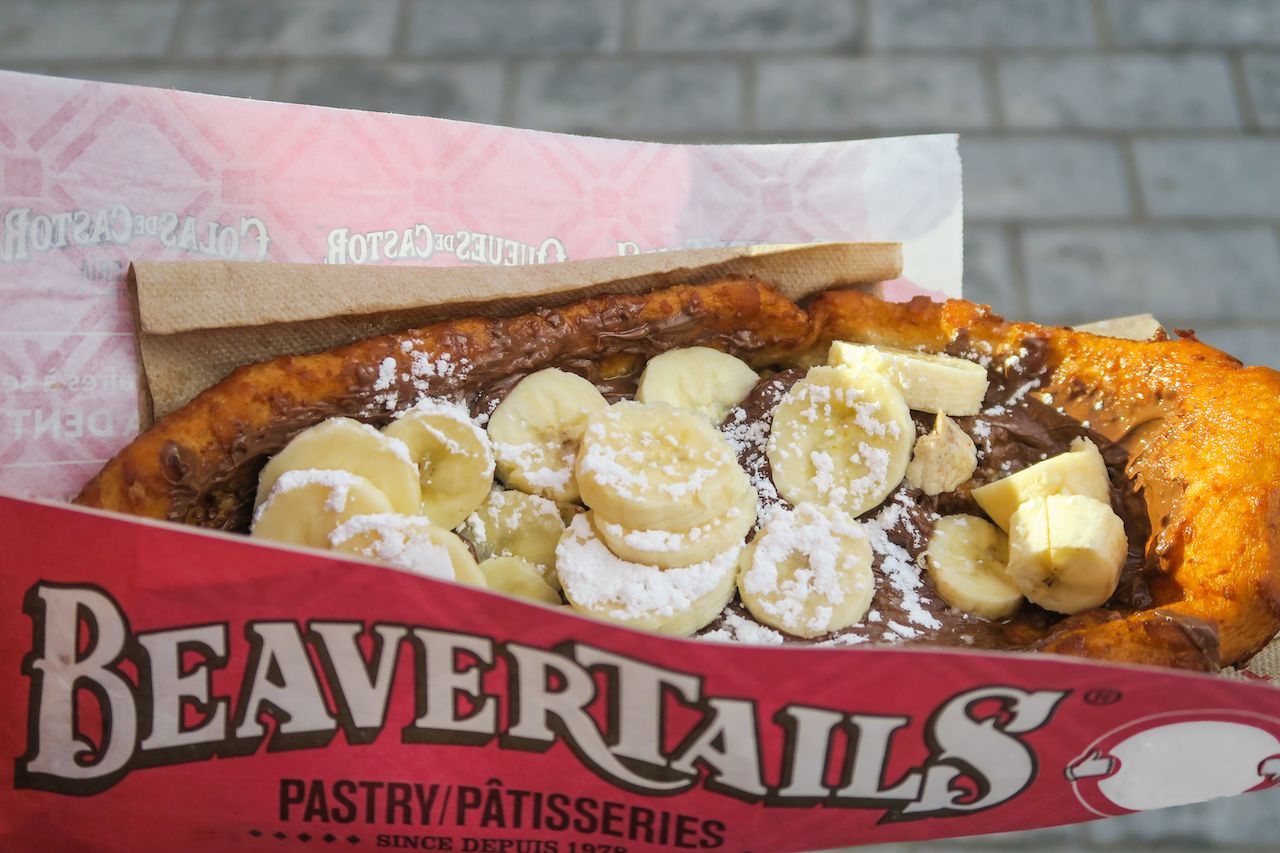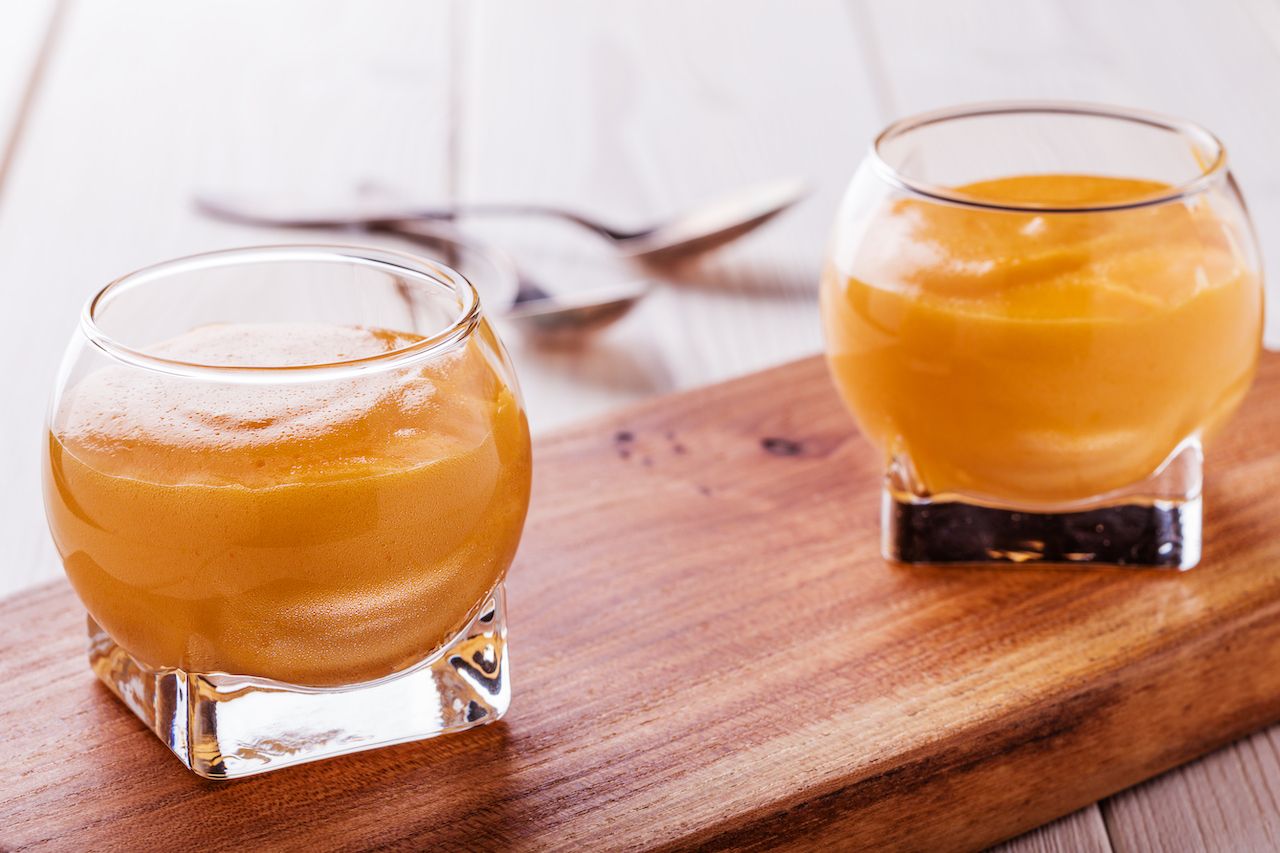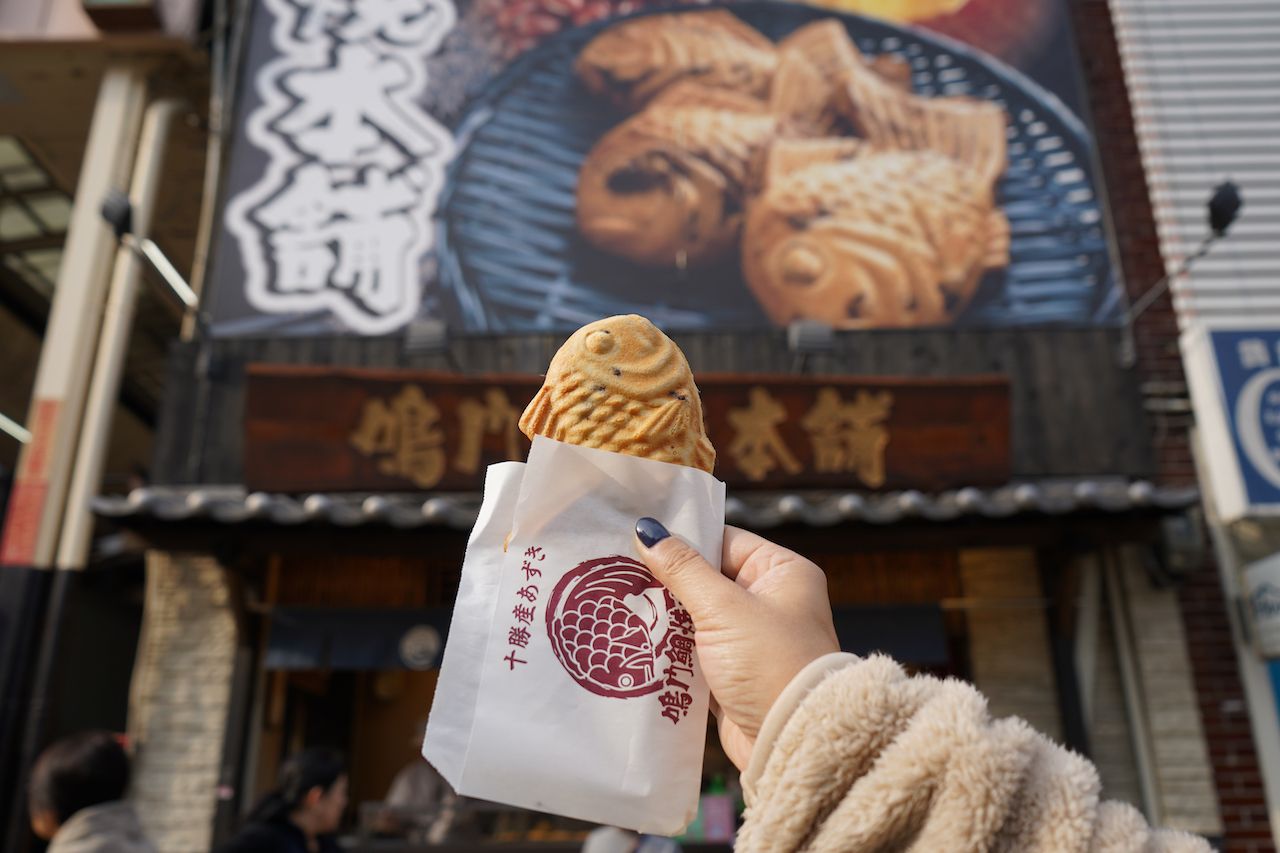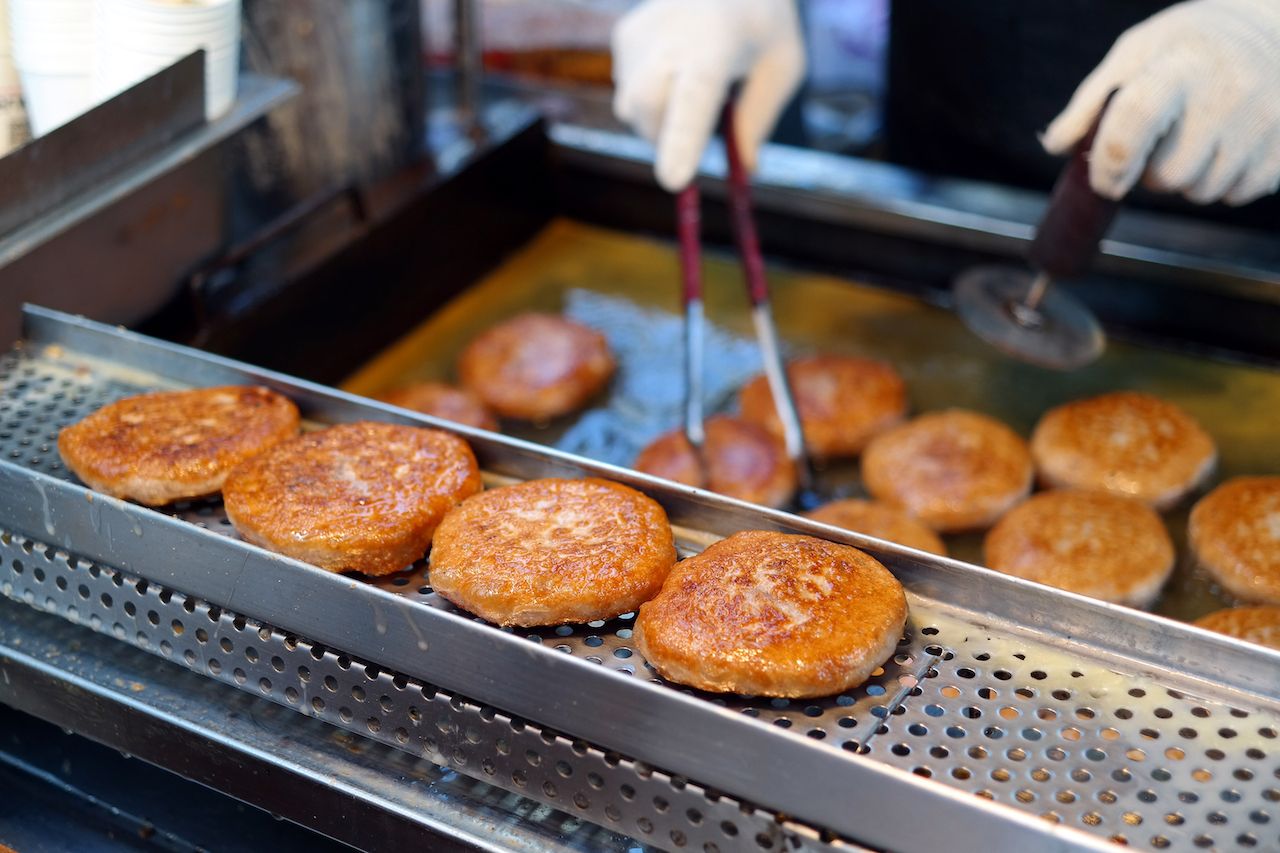Few things are as satisfying as a hot sweet dessert after the leaves have fallen from the trees and the temperature drops low enough that walking outside without a sweater is a no-go. Sure, Swiss winter foods like raclette and the many soups from around the world are nice on a cold day, but only a hot dessert can satisfy both a sweet tooth and the need for warmth.
Exactly what type of sweet snack is served in the colder months depends on what part of the world you’re in. Many cultures have a version of hot fried dough while some prefer stuffed pancakes or rice pudding. One thing is consistent, however: Where there is cold weather, there are warm desserts (and sometimes even where there is not cold weather).
These are the most warming winter desserts from around the world.

